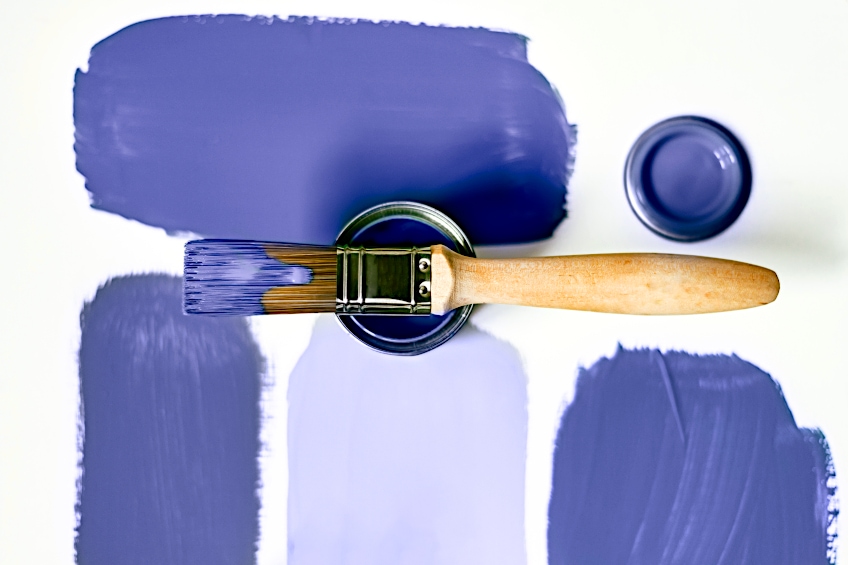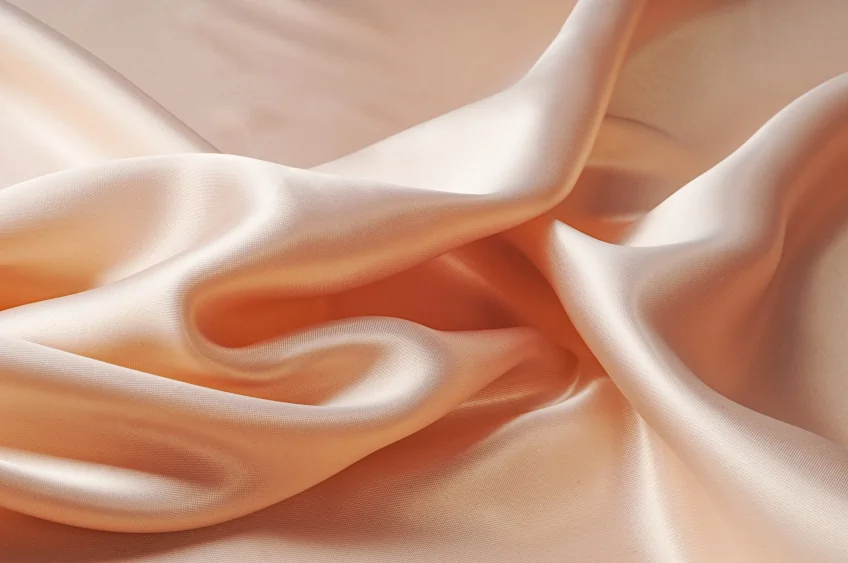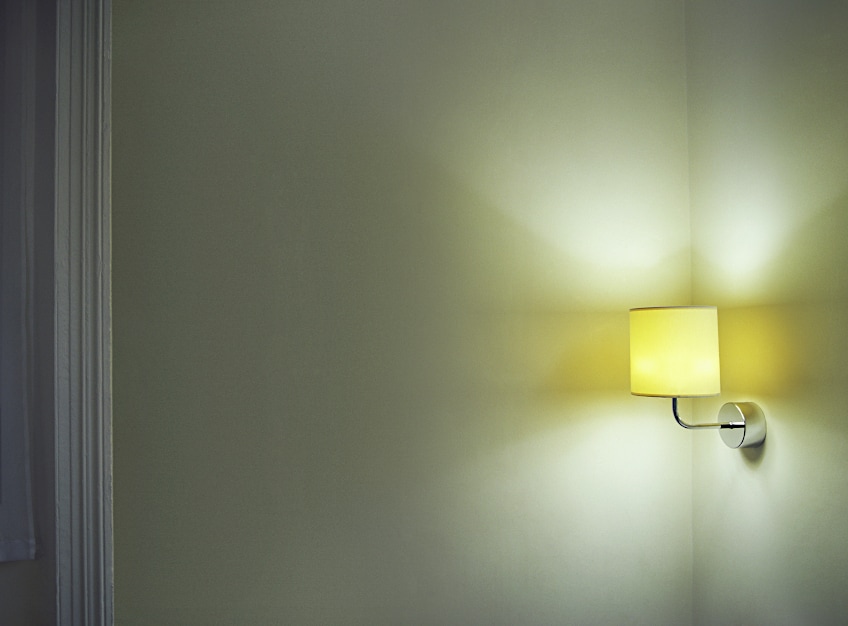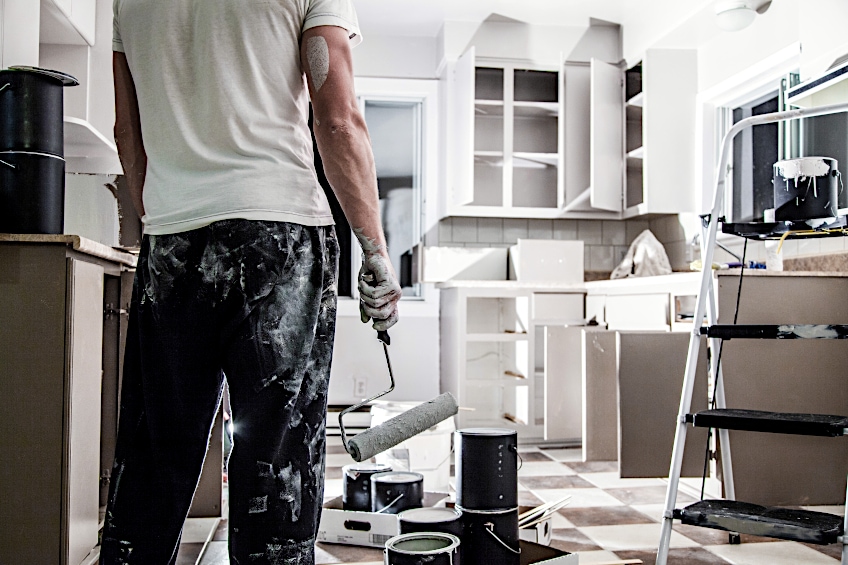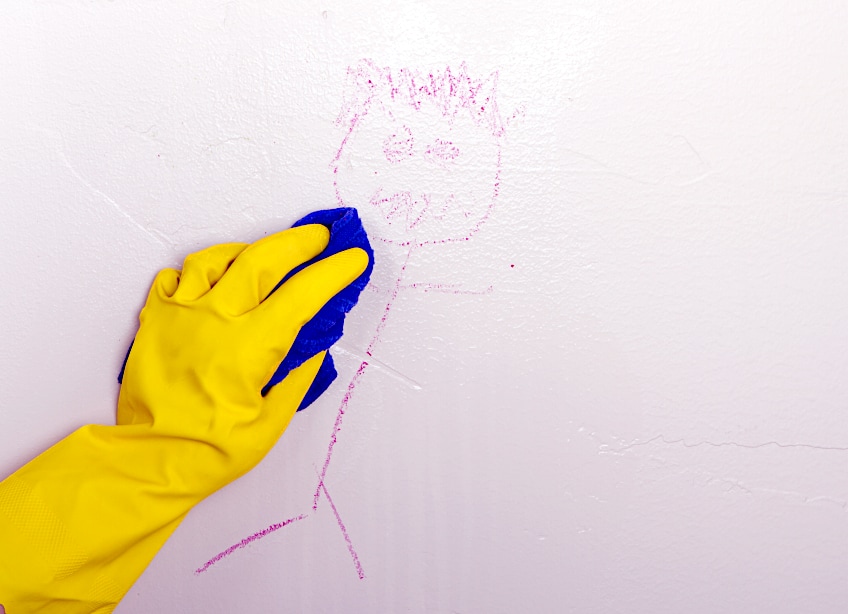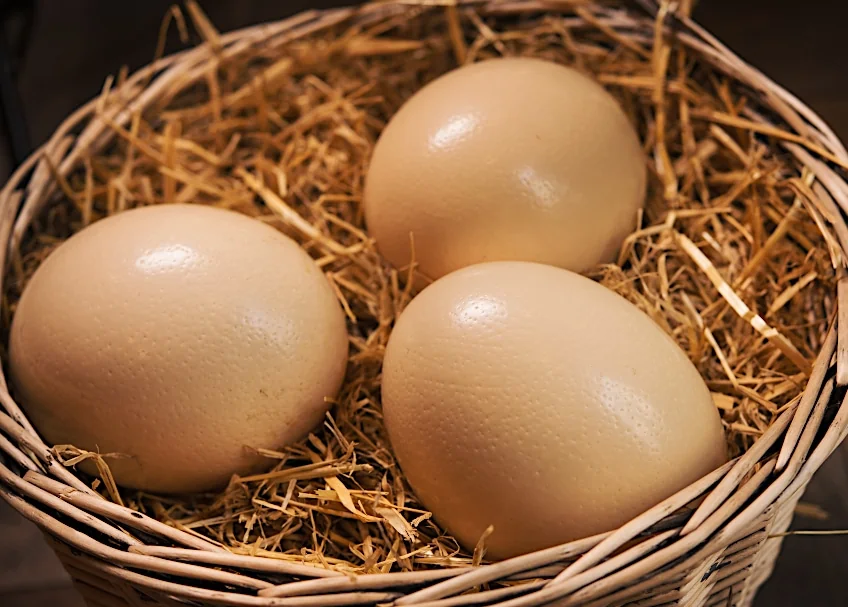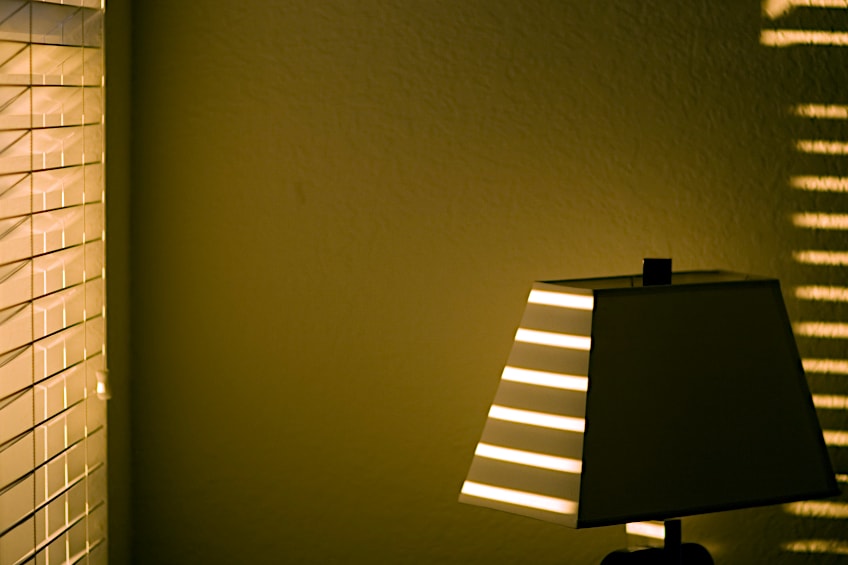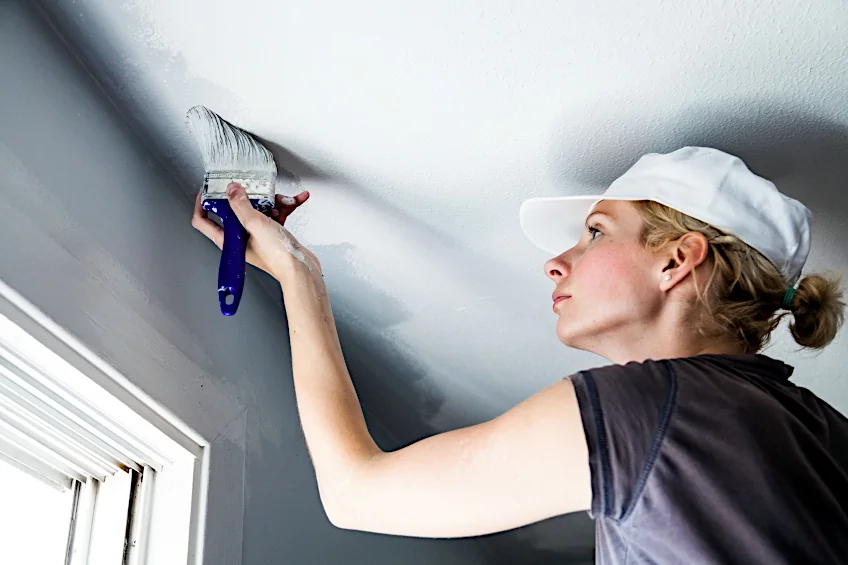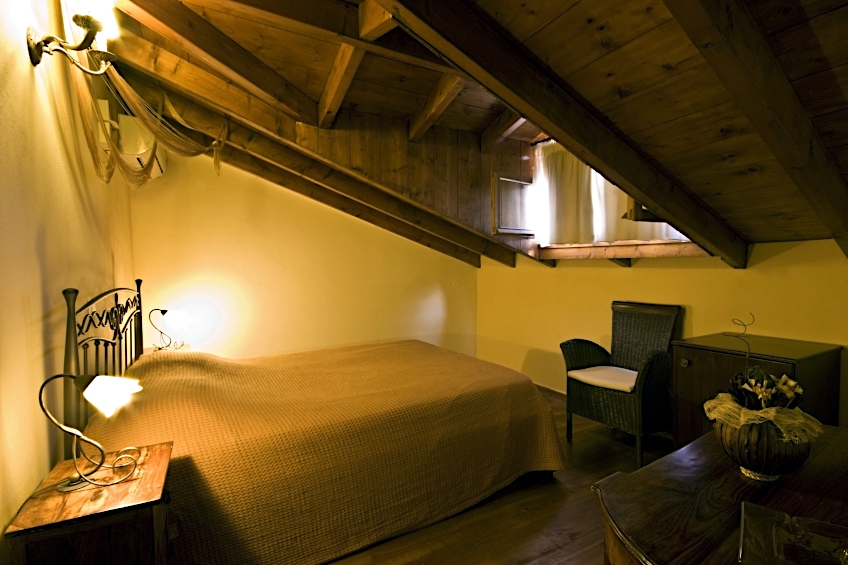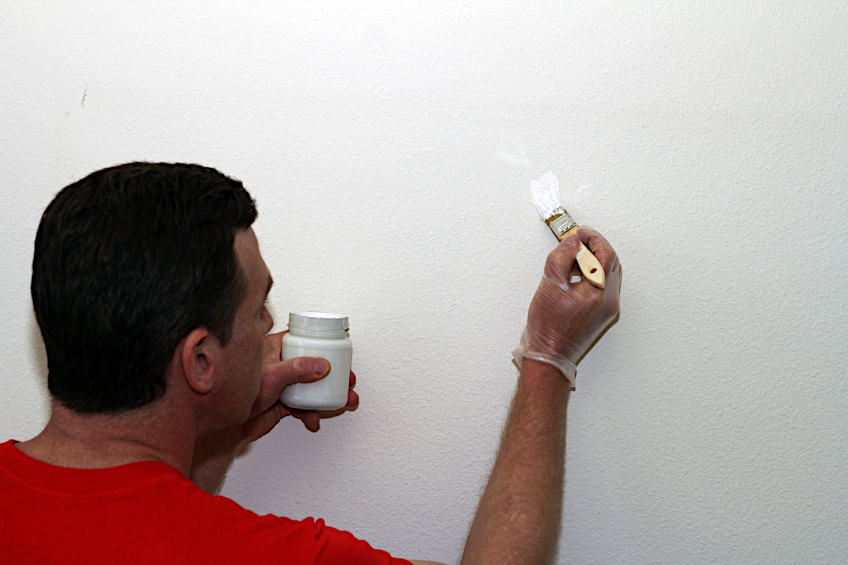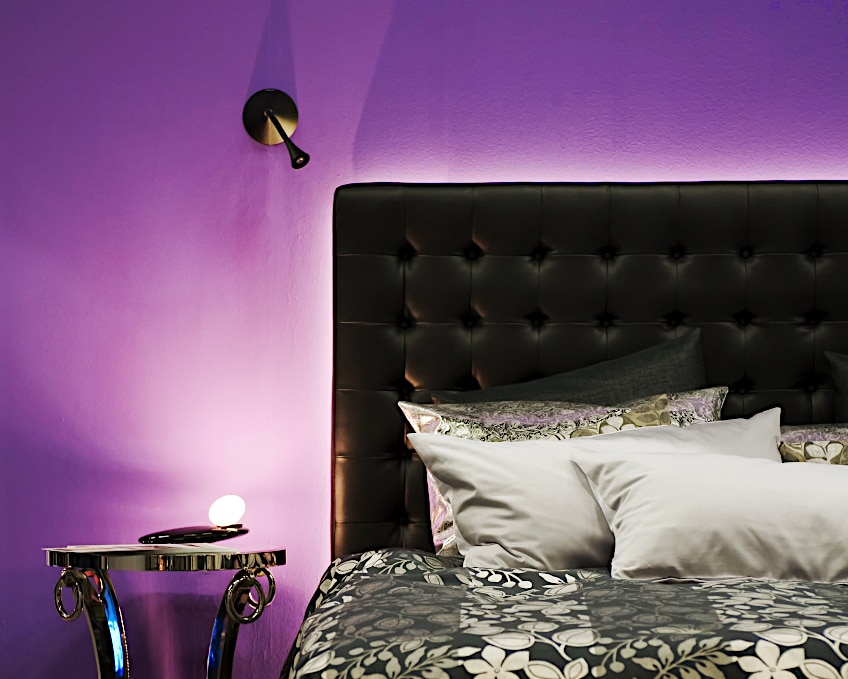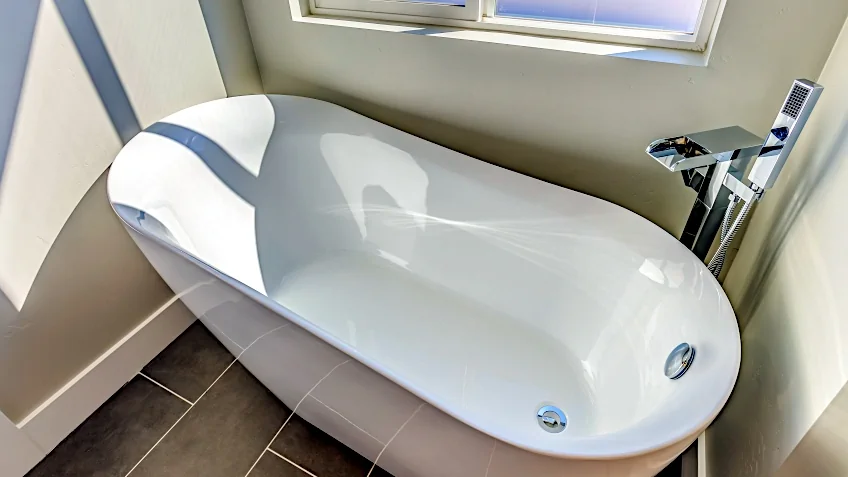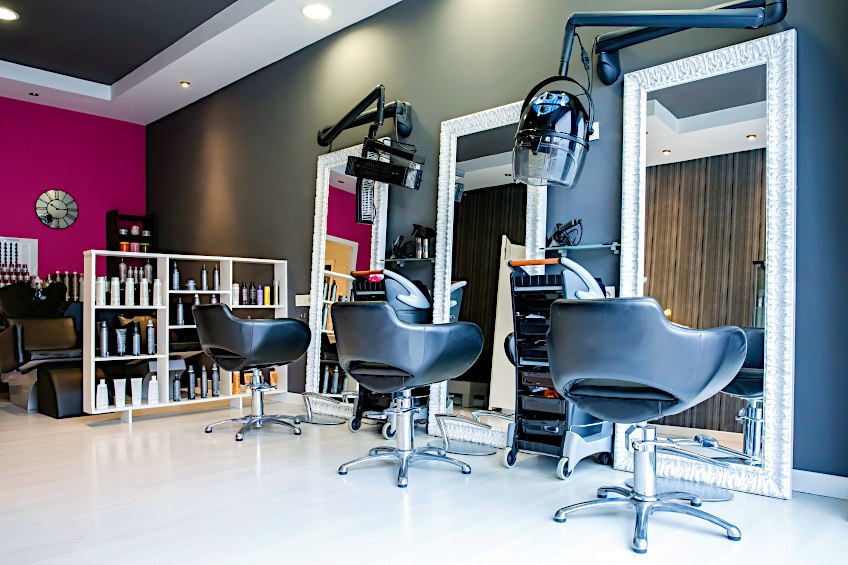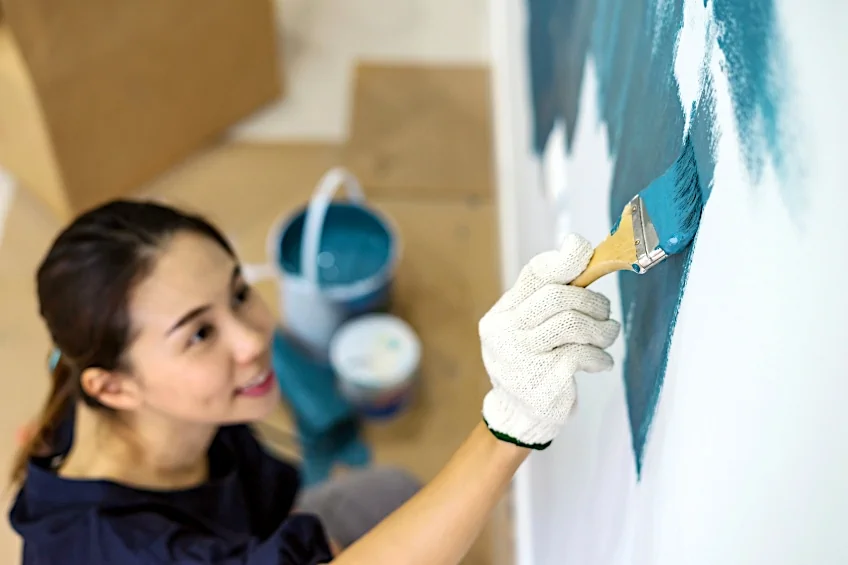Eggshell vs. Satin Paint – What’s the Difference?
This post may contain affiliate links. We may earn a small commission from purchases made through them, at no additional cost to you. You help to support resin-expert.com
Choosing a finish can be one of the most challenging parts of decorating any space, especially when you consider the extensive list of things you have to pick out. Some of the most popular paint finishes at the moment are satin and eggshell finishes. Considering how versatile and visually effective these finishes are, it’s pretty easy to understand. They’re often grouped together though and considering how they can impact the overall aesthetic of space it’s important to understand the distinction between the two, so let’s have a look at what these two finishes are respectively and what their individual strengths and weaknesses are.
What Do the Terms Eggshell and Satin Mean?
Eggshell and satin finishes are pretty similar at first glance, so let’s have a look at what these finishes are and what effect they have on a space when they have been applied. If you’re thinking about using these finishes for your next project, it’s important for you to understand their strengths and weaknesses to avoid making the wrong choice.
Satin Finishes
In the eggshell vs. satin paint debate, satin could be considered the “flashy” option. Why? Well, just like the fabric it is named after, satin offers a smooth, sheen finish that opens up a space and reflects natural light which typically makes spaces look lighter and feel bigger compared to when using more muted tones.
Satin paint doesn’t just work in high light conditions, though. When in low light settings, satin finishes present a flat, smooth finish that commands a sense of serenity and class throughout an entire space. Compared to high gloss finishes, satin presents more of a glow than a shine, which means it doesn’t become overpowering should it come into contact with lots of natural light.
When discussing eggshell vs satin paint, one of the key selling points of satin paint is that it generally has a sheen finish, which typically translates to paint (or any surface coating for that matter) being more durable. Why? Smoother surfaces mean less surface friction, which means that the chance of the finish being sheared and the probability of dirt and grime sticking to it is greatly reduced.
Where would you use satin paint though? Well, considering that it’s highly durable, makes spaces feel bigger, and interacts well with natural light, most interior decorators recommend using it in moderately sized, high traffic areas. These could be places like kitchens, hallways, bathrooms, and entrance hallways.
One of the arguments for satin in the satin vs eggshell debate is which is easier to clean. Unfortunately, for all you eggshell fans, satin is significantly easier to clean due to its texture. Sheen surfaces are inherently easier to clean because they retain less dirt and grime, which is another reason why satin finishes are recommended for use in areas with high foot traffic.
A noticeable drawback of satin finishes is their tendency to highly imperfections on a surface. What does this mean? Well, if you haven’t picked a side in the satin vs eggshell debate, you might want to side with eggshell if your surfaces aren’t perfectly smooth. Satin finishes are so flat that they easily highlight even the slightest imperfection on a surface, which means you will have to do quite a bit of filling and smoothing out before you use satin finishes.
Eggshell Finishes
The difference between eggshell and satin can be characterized best by the materials they’re named after. Just like satin has the overall texture and consistency of the fabric, eggshell finishes have the same texture and consistency as eggshell. This doesn’t necessarily mean that they have the same color of eggshell, although they can and that’s pretty cool in its own way.
The most significant difference between eggshell and satin is the difference in the way that they reflect light. While satin does have a slight reflective quality, eggshell tends to present a dull glow that makes spaces feel a lot warmer and cozier by comparison. This means that the finish isn’t too shiny while still handling light incredibly well.
Choosing an eggshell or satin finish for walls can be a bit challenging, why? Well, they both look great, but because of the difference in durability, it can be tough to use them in the same spaces. Eggshell has noticeably less luster compared to satin finishes, and they have a higher surface friction which collectively means that eggshell finishes are typically less durable compared to satin ones. Of the two, eggshell works far better as a ceiling paint, mainly because it is protected from everyday wear and tear, and also, because it provides a soft, even finish.
Where should you use eggshell finishes then? Considering that they still do a beautiful job of reflecting natural light they do amazingly in open spaces, but because they aren’t as durable as satin finishes professionals don’t recommend using them in high traffic areas. Where specifically then? Well, they work beautifully in living rooms, offices, bedrooms, and even children’s rooms thanks to their soothing, homely feel.
Your choice in lighting will also bear significantly when choosing between an eggshell or satin finish for walls. While you could change the lighting in a space, on the off chance that you can’t (or don’t want to) eggshell finishes typically work best with warm light, which means harsh fluorescents won’t really do their finish justice.
While satin paint finishes are pretty easy to keep clean, eggshells finishes can be difficult to maintain and clean. The unique texture of eggshell paint makes it less hard-wearing compared to high sheen or satin paint finishes. This means that although they are beautiful, they are far less versatile than satin finishes, and you should always keep some touch-up paint handy.
What Are the Key Differences Between Satin and Eggshell?
All of the aforementioned could be a lot to take in, which isn’t the best space it is in when you’re trying to choose a finish. Thankfully, we understand this so let’s have a look at some of the key characteristics of both satin and eggshell finishes to save you some time.
| Satin Finishes | Eggshell Finishes |
| High Luster | Low Luster |
| Easy to clean | Challenging to clean and maintain |
| Smooth finish | Textured finish |
| Shines when exposed to light | Warm reflective glow when exposed to light |
| Makes spaces feel bigger | Makes spaces feel bigger |
| Best used in kitchens, hallways, bathrooms, and entrance hallways | Best used in living rooms, offices, bedrooms |
| Highly durable | Moderately durable |
Which Is the Best Finish?
As we mentioned previously, there are advantages and disadvantages to both of these finishes. Which one is objectively better though? Well, you could argue that a satin paint finish is far more versatile and since it can be used in more settings than eggshell paints, it’s objectively a lot better. On the other hand, finishes aren’t always about objectivity, in fact, if they were there wouldn’t be much of a point in reading this.
Keep in mind that although a satin paint finish is a great choice, it does not provide the texture or feel that an eggshell finish can. An eggshell finish provides a unique warm glow that really brings a space together in a way the satin finishes simply does not. In smaller spaces, satin finishes may even make a room feel impersonal by making the space feel more divided, or open, which is a stark contrast to the inherent purpose of these spaces.
On the other end of the spectrum, satin finishes have a way of hugging and emphasizing the contours of the walls and other objects they’re applied to. Because its texture is so smooth and uniform, spaces feel “open” and more receptive, which is why hallways are often painted with this finish.
Using eggshell in these settings wouldn’t be disastrous, but just like using satin finishes in smaller spaces would be counterproductive, using eggshell finishes in larger spaces can be off-putting. Because of their texture, eggshell walls conceal imperfections like little dents and grooves pretty well, but satin finishes tend to highlight these because they “hug” the surfaces they’re applied to.
Which one is the better finish then? Objectively, you’d be silly not to choose a satin finish for your walls, but it would be equally silly not to recognize the warmth and unique texture of eggshell walls. This being said, which one is best depends entirely on the application of your finish, the lighting of the space in question, and the size of the space you’ll be painting.
Now that you know what satin finishes and eggshell paint finishes are, what the key differences between these two finishes are, where they are best used, and what makes them the best for their respective applications, it’s time for you to get out there and put your newfound knowledge to the test. Remember to always consider the space you’ll be painting and whether your paint will be exposed to such external forces as foot traffic and abrasions.
View our Eggshell vs Satin Paint web story here.
Frequently Asked Questions
Is Eggshell the Same as Satin?
Is eggshell paint the same as satin? While these finishes are typically relegated to the same camp, their overall texture and applications differ considerably. Satin finishes are smooth and have a glossy texture, while eggshell finishes have a far more pronounced texture and a warm glow when exposed to light.
What Is Eggshell Paint Used For?
Eggshell finishes are often used in intimate spaces like bathrooms, kitchens, and bedrooms due to the unique effect their texture has on a space. This finish can be challenging to maintain though, which is why it’s only used in moderately trafficked areas to reduce the probability of impact and abrasion damage.
Which Paint Finish Hides Imperfections Best?
Although this depends on the brand and consistency of the paint in question, eggshell finishes hide imperfections a lot better than satin ones. Why? Satin finishes tend to hug surfaces that expose their imperfections, while eggshell finishes have a unique texture that masks them.


